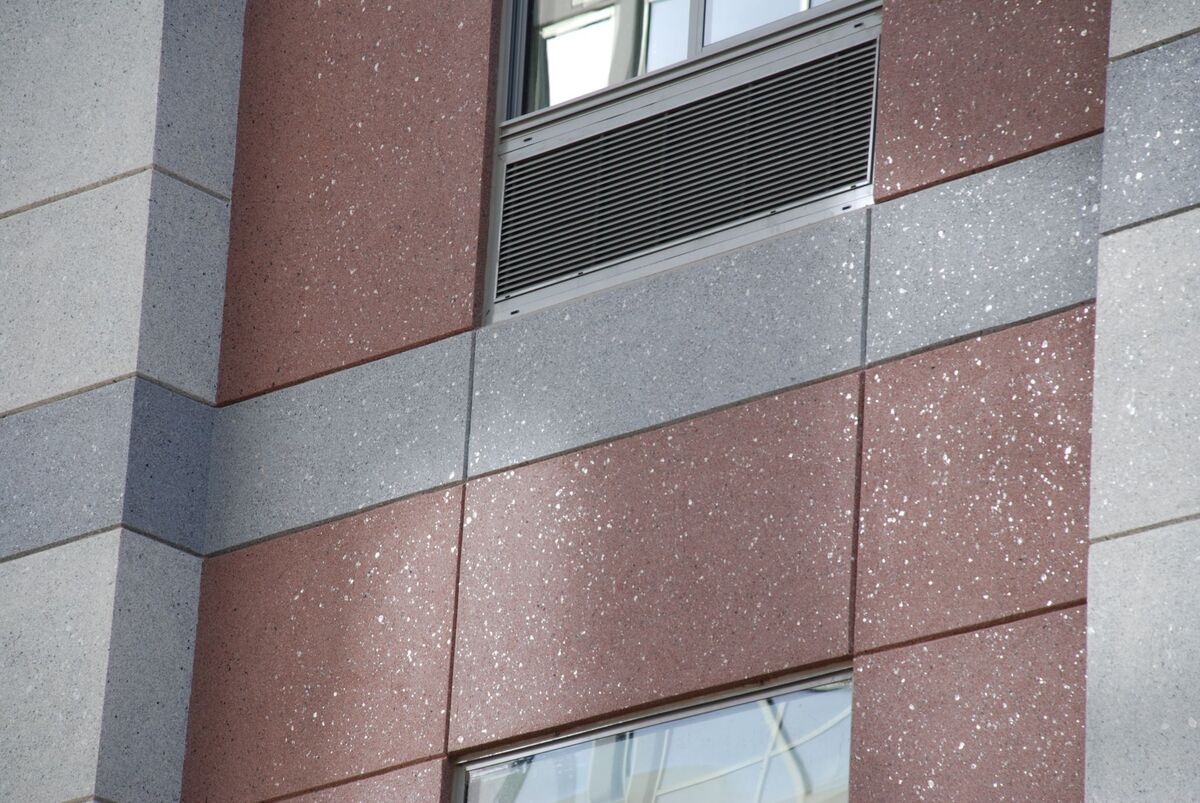

Articles
What Is Eifs Siding
Modified: October 28, 2024
Learn all about EIFS siding through informative articles. Find out the benefits, installation process, and maintenance tips for this popular exterior cladding option.
(Many of the links in this article redirect to a specific reviewed product. Your purchase of these products through affiliate links helps to generate commission for Storables.com, at no extra cost. Learn more)
Introduction
When it comes to enhancing the aesthetics and durability of a building, siding plays a vital role. There are various types of siding available in the market, each offering unique features and benefits. One such option is EIFS siding, which stands for Exterior Insulation and Finish System.
EIFS siding is a popular choice among homeowners and commercial property owners due to its versatility and energy efficiency. This comprehensive article aims to provide an in-depth understanding of what EIFS siding is, its purpose, components, benefits, installation process, maintenance, potential issues, cost, and how it compares to other types of siding.
Whether you are considering EIFS siding for a new construction project or thinking of replacing your existing siding, this article will serve as a valuable resource to help you make an informed decision.
Key Takeaways:
- EIFS siding, or synthetic stucco, offers superior energy efficiency, moisture resistance, and design versatility. It provides insulation, protection, and aesthetic appeal, making it a durable and visually appealing siding option for both residential and commercial buildings.
- Proper installation and regular maintenance are crucial for maximizing the benefits and longevity of EIFS siding. While it may have a higher upfront cost, its energy efficiency and long-term durability can lead to savings on utility bills and maintenance expenses.
Read more: What Is EIFS In Construction
Definition and Purpose of EIFS Siding
EIFS siding, also known as synthetic stucco, is an exterior cladding system that consists of several layers applied to the exterior walls of a building. Its primary purpose is to provide insulation and protection to the structure while giving it an attractive and seamless finish.
EIFS siding typically consists of three main layers: an insulation layer, a base coat, and a finish coat. The insulation layer is made of expanded polystyrene (EPS) foam board, which is attached to the exterior wall. This layer helps improve the energy efficiency of the building by providing a thermal barrier that reduces heat transfer.
The base coat is applied over the insulation layer and serves as a bonding agent for the finish coat. It is a cementitious material mixed with polymers, reinforcing fibers, and water-resistant additives. The base coat helps strengthen the system and ensures a durable and long-lasting finish.
The finish coat is the final layer of EIFS siding and is responsible for the aesthetic appeal of the system. It is a thin layer of acrylic or elastomeric material that can be customized to achieve the desired texture, color, and finish. The finish coat can mimic the appearance of various materials, such as stucco, brick, or even stone, giving the building a high-end and sophisticated look.
The purpose of EIFS siding goes beyond just enhancing the appearance of a property. It provides excellent insulation properties, reducing thermal bridging and heat loss. This helps maintain a comfortable interior temperature, reduces energy consumption, and lowers utility bills.
In addition to its energy efficiency benefits, EIFS siding also offers protection against moisture intrusion. The system is designed to be a watertight barrier, preventing water from seeping into the building and causing damage to the underlying structure. With proper installation and regular maintenance, EIFS siding can effectively resist water penetration, keeping the interior dry and safe.
Furthermore, EIFS siding is known for its sound-dampening properties. The insulation layer helps reduce noise transmission from the exterior, providing a quieter and more peaceful living or working environment.
In summary, EIFS siding is a multi-layered cladding system that provides insulation, protection, and aesthetic appeal to buildings. It enhances energy efficiency, prevents moisture intrusion, and offers sound insulation, making it a popular choice among property owners looking for a durable and visually appealing siding option.
Components of EIFS Siding
EIFS siding is a complex system made up of multiple components that work together to create a durable and visually appealing exterior cladding. Understanding the different components of EIFS siding is crucial for proper installation and maintenance.
- Insulation: The insulation layer is a critical component of EIFS siding. It is typically made of expanded polystyrene (EPS) foam board, which is lightweight, moisture-resistant, and provides excellent thermal insulation. The insulation layer is attached to the exterior wall, helping to reduce heat transfer and improve energy efficiency.
- Base Coat: The base coat is applied over the insulation layer and acts as a bonding agent for the finish coat. It is a cementitious material mixed with polymers, reinforcing fibers, and water-resistant additives. The base coat provides strength, durability, and weather resistance to the system.
- Finish Coat: The finish coat is the final layer of EIFS siding and is responsible for the aesthetic appearance of the system. It is a thin layer of acrylic or elastomeric material that can be customized to achieve various textures, colors, and finishes. The finish coat protects the underlying layers from UV rays, impact, and moisture while enhancing the visual appeal of the building.
- Reinforcement: Reinforcement plays a crucial role in maintaining the integrity and stability of EIFS siding. It consists of fiberglass mesh or woven fabric that is embedded in the base coat. The reinforcement helps distribute stress and prevents cracking or delamination of the system.
- Flashings: Flashings are essential components of EIFS siding that help redirect water away from vulnerable areas of the building, such as windows, doors, and joints. Flashings are typically made of metal or flexible materials and are installed at critical points to ensure proper water drainage and prevent moisture infiltration.
- Sealants: Sealants are used to seal joints, cracks, and penetrations in the EIFS system, providing an additional layer of protection against water intrusion. High-quality sealants that are compatible with the EIFS materials should be used to maintain the system’s integrity and prevent moisture-related issues.
These components work synergistically to create a robust and aesthetically pleasing EIFS siding system. Each component is designed to withstand environmental factors, enhance energy efficiency, and provide long-lasting performance when installed correctly and maintained regularly.
Benefits of EIFS Siding
EIFS siding offers a range of benefits that make it an attractive choice for both residential and commercial buildings. By understanding the advantages of EIFS siding, property owners can make informed decisions about their exterior cladding options. Here are some key benefits of EIFS siding:
- Energy Efficiency: EIFS siding is renowned for its excellent thermal insulation properties. The insulation layer helps reduce heat transfer, keeping the interior of the building comfortable and reducing the reliance on heating and cooling systems. This energy-efficient characteristic leads to lower utility bills and a reduced carbon footprint.
- Improved Indoor Comfort: The insulation properties of EIFS siding not only contribute to energy efficiency but also create a more comfortable indoor environment. By minimizing thermal bridging, EIFS siding helps maintain consistent temperatures throughout the building, reducing drafts and cold spots.
- Enhanced Durability: EIFS siding is known for its durability and longevity. With proper installation and maintenance, EIFS can withstand the elements, including wind, rain, and temperature fluctuations. The system’s ability to resist cracks, impact, and fading ensures a long-lasting and visually appealing exterior.
- Aesthetic Versatility: EIFS siding offers a wide range of design options, allowing property owners to achieve the desired look and feel for their building. The finish coat can be customized to resemble various materials such as stucco, brick, or stone. Additionally, EIFS siding can be formed into architectural details and shapes, providing design flexibility and enhancing the overall curb appeal.
- Noise Reduction: The insulation layer of EIFS siding also provides sound-dampening properties, reducing noise transmission from the exterior. This is especially beneficial for buildings located in busy areas or near highways, as it helps create a quieter and more peaceful indoor environment.
- Moisture Resistance: EIFS siding is designed to be a watertight barrier, preventing moisture intrusion into the building. The system’s multi-layered construction, along with proper installation of flashings and sealants, ensures effective water resistance, reducing the risk of mold, rot, and structural damage caused by moisture.
- Fire Resistance: EIFS siding can offer enhanced fire resistance when incorporating additional fire-resistant barriers. The insulation layer, made of EPS foam, can help slow down the spread of fire, providing valuable time for evacuation and minimizing property damage.
These benefits make EIFS siding an excellent choice for property owners who prioritize energy efficiency, durability, aesthetics, and overall building performance. However, it is important to note that proper installation by experienced professionals and regular maintenance are crucial for maximizing the benefits and longevity of EIFS siding.
Installation Process of EIFS Siding
The installation process of EIFS siding requires careful planning, precise execution, and adherence to industry best practices. It is recommended to hire experienced professionals who specialize in EIFS installation to ensure a successful and long-lasting result. Here is an overview of the typical installation process:
- Preparation: The first step is to prepare the exterior wall surface for EIFS installation. This involves removing any existing siding, cleaning the wall, and ensuring it is dry and free from debris or contaminants that could interfere with the adhesion of the EIFS system.
- Application of Flashings: Flashings are installed at critical areas such as windows, doors, and other penetrations to prevent water intrusion. Properly installed flashings redirect water away from vulnerable areas, ensuring proper drainage and protecting the underlying structure.
- Insulation Layer: The insulation layer is attached to the prepared wall surface using adhesive or mechanical fasteners. The EPS foam boards are cut to size and fitted tightly to minimize gaps or air pockets. The insulation layer provides thermal insulation and acts as a base for the subsequent layers of the EIFS system.
- Base Coat Application: The base coat is applied over the insulation layer. It is blended on-site and carefully spread evenly using trowels to achieve the specified thickness. The base coat provides strength, flexibility, and a bonding surface for the finish coat.
- Reinforcement Placement: A layer of fiberglass mesh or woven fabric is embedded into the freshly applied base coat. The reinforcement material is carefully pressed into the base coat, ensuring it is evenly distributed and overlaps at corners and joints. Reinforcement provides additional strength and flexibility to the system, helping to prevent cracking or delamination.
- Second Base Coat Application: In some cases, a second coat of base coat may be applied to further strengthen the system and ensure a smooth and uniform surface. This additional layer helps fill in any imperfections and provides a solid foundation for the finish coat.
- Finish Coat Application: The final layer of EIFS siding is the finish coat, which is applied over the cured base coat. The finish coat can be customized to achieve the desired texture, color, and finish. It is carefully applied using trowels or spray equipment to create a seamless and attractive appearance.
- Curing and Quality Assurance: After the finish coat is applied, the EIFS system needs time to cure and harden. This process can take several days, depending on weather conditions. During this time, quality assurance measures, such as inspections for adhesion and proper thickness, may be conducted to ensure the EIFS system meets industry standards.
- Final Touches: Once the EIFS installation is complete, any necessary touch-ups or architectural details can be added. This includes installing trim, moldings, and other decorative elements to enhance the aesthetics of the building.
Proper installation of EIFS siding is crucial for its long-term performance and durability. It is essential to follow the manufacturer’s guidelines, local building codes, and hire experienced EIFS professionals who have expertise in the installation process. Regular maintenance and inspections should also be conducted to identify and address any issues that may arise.
When installing EIFS siding, make sure to properly prepare the substrate and use a high-quality adhesive to ensure a long-lasting and durable finish.
Read more: What Is Siding
Maintenance of EIFS Siding
Proper maintenance is essential to keep EIFS (Exterior Insulation and Finish System) siding in optimal condition and prolong its lifespan. By following some basic maintenance practices, property owners can ensure that their EIFS siding continues to provide insulation, protection, and aesthetic appeal. Here are some important maintenance tips for EIFS siding:
- Regular Cleaning: Regularly clean the surface of the EIFS siding to remove dirt, dust, and other debris. Use a soft-bristle brush or a low-pressure power washer to avoid damaging the finish coat. Mild detergent or a specialized EIFS cleaner can be used for stubborn stains, but always follow the manufacturer’s recommendations.
- Inspect for Damage: Conduct visual inspections of the EIFS siding periodically to identify any signs of damage. Look for cracks, chips, or areas where the finish coat has worn off. Also, check for any gaps at joints or around penetrations. Promptly address any issues to prevent further damage and water infiltration.
- Repairing Damaged Areas: If you notice any damage to the EIFS siding, it is essential to address it promptly. Small cracks can be repaired by filling them with a compatible sealant, while larger areas may require the expertise of a professional EIFS contractor. Follow the manufacturer’s guidelines and consult a professional for proper repair techniques.
- Maintaining Sealants: Sealants play a critical role in maintaining the integrity of the EIFS system. Inspect the sealants around windows, doors, and other penetrations regularly. If you notice any cracks or deterioration, reseal those areas using a compatible sealant. Properly maintained sealants help prevent water infiltration and maintain the system’s waterproofing properties.
- Proper Drainage: Ensure that the drainage system around your property is functioning correctly. Direct water away from the EIFS siding by ensuring downspouts are properly installed and functioning, and that the ground around the building slopes away to facilitate water runoff. Proper drainage helps prevent water accumulation and potential damage to the EIFS system.
- Monitoring Moisture Levels: Regularly monitor the moisture levels in and around the building. Excessive moisture can lead to mold growth and potential damage to the EIFS siding. Use moisture meters to check the levels and address any issues promptly to prevent moisture-related problems.
- Professional Inspections: It is advisable to have professional inspections of the EIFS siding periodically. A professional EIFS contractor can assess the condition of the siding, identify any potential issues, and provide recommendations for maintenance or repairs. Regular inspections can help catch problems early on and prevent costly repairs down the line.
- Follow Manufacturer’s Guidelines: Always follow the manufacturer’s guidelines for maintenance and care of your EIFS siding. Different EIFS systems may have specific instructions and recommendations for cleaning products, repair materials, and maintenance procedures. Adhering to these guidelines ensures that you are taking the appropriate measures to preserve the integrity of the system.
By following these maintenance tips, property owners can help keep their EIFS siding in optimal condition. Regular cleaning, inspection, and prompt repairs can extend the lifespan of the siding, maintain its aesthetic appeal, and ensure its long-term performance.
Potential Issues with EIFS Siding
While EIFS (Exterior Insulation and Finish System) siding is a popular choice for its energy efficiency, durability, and aesthetic appeal, it is important to be aware of potential issues that may arise with this type of siding. Understanding these issues can help property owners take proactive measures to address and prevent them. Here are some potential issues to be aware of:
- Moisture Intrusion: One of the main concerns with EIFS siding is the potential for moisture infiltration if the system is not properly installed or maintained. Improper sealing, cracks in the finish coat, or damaged sealants can allow water to penetrate the system, leading to potential mold growth, decay, and structural damage.
- Lack of Breathability: EIFS siding is designed to be a tight, water-resistant barrier. However, this characteristic can also make the system less breathable compared to other types of siding. In some cases, moisture trapped within the wall cavity can cause issues if not properly managed through proper ventilation or moisture barrier solutions.
- Thermal Expansion and Contraction: Like any exterior cladding, EIFS siding can expand and contract with temperature changes. If the system is not installed with appropriate expansion joints, this thermal movement can lead to stress on the panels, potentially causing cracks or delamination of the finish coat.
- Damaged Finish Coat: The finish coat of EIFS siding is the outermost layer that provides the desired appearance and protection. However, this layer can be susceptible to damage from impact, hail, or other accidental circumstances. Cracks, chips, or gouges in the finish coat should be repaired promptly to prevent water penetration and further damage to the underlying layers.
- Limited Repairability: While small cracks in EIFS siding can be repaired, extensive damage or failure of the system may require partial or complete replacement. The repairability of EIFS siding depends on the extent and nature of the damage, making it essential to address issues in the early stages to minimize costs and inconvenience.
- Faulty Installation: Proper installation is crucial for the performance and longevity of EIFS siding. Inadequate preparation, improper flashing installation, insufficient adhesive or fasteners, or improper application of base and finish coats can compromise the integrity of the system and lead to potential issues down the line. Hiring experienced and knowledgeable professionals for the installation is recommended to avoid potential problems.
- Incorrect Maintenance: Improper maintenance practices can also contribute to potential issues with EIFS siding. Using harsh chemicals, abrasive cleaning methods, or neglecting regular inspections can lead to damage to the finish coat or compromise the water-resistant properties of the system. It is important to follow manufacturer’s guidelines and consult professionals for proper maintenance techniques.
While these potential issues exist, it is important to note that with proper installation, regular maintenance, and prompt repair of any issues, EIFS siding can provide a durable and attractive exterior cladding option for residential and commercial buildings. Regular inspections, adherence to manufacturer’s guidelines, and addressing any concerns promptly can help mitigate potential problems and ensure the long-term performance of the EIFS system.
Cost of EIFS Siding
When considering EIFS (Exterior Insulation and Finish System) siding, it is important to have an understanding of the associated costs. The cost of EIFS siding can vary depending on several factors, including the size of the project, the location of the property, the complexity of the design, and the selected materials. Here are some key factors to consider when estimating the cost of EIFS siding:
- Material Costs: The cost of materials is a significant component of the overall EIFS siding cost. This includes the insulation boards, base coat, finish coat, reinforcement, flashing, adhesives, sealants, and any additional materials required for the installation. The prices of these materials can vary based on quality, brand, and quantity needed for the project.
- Installation Costs: The installation cost of EIFS siding can vary based on several factors. This includes the complexity of the design, the size and height of the building, the accessibility of the installation area, local labor rates, and the experience and expertise of the contractor. It is recommended to obtain multiple quotes from reputable EIFS contractors to compare costs and ensure quality installation.
- Additional Costs: In addition to the material and installation costs, there may be additional costs associated with EIFS siding. This can include permits and inspections required by local building authorities, as well as any additional architectural details or customization requested to achieve the desired aesthetic. It is important to factor in these additional costs when budgeting for an EIFS siding project.
- Property Size and Design Complexity: The size and complexity of the property design can impact the cost of EIFS siding. Larger buildings will require more materials and labor, leading to higher costs. Similarly, properties with intricate architectural details or unique design elements may require additional customization, resulting in increased costs.
- Geographic Location: The geographic location of the property can impact the cost of EIFS siding. Labor rates, material availability, and market conditions can vary from one region to another. It is advisable to research and consult with local contractors to get a better understanding of the specific cost considerations for the desired location.
- Long-Term Savings: While EIFS siding may have a higher upfront cost compared to some other types of siding, it is important to consider the long-term savings. EIFS siding offers excellent insulation properties, potentially leading to reduced energy consumption and lower utility bills over time. These long-term savings should be factored into the overall cost analysis.
To get an accurate estimate of the cost of EIFS siding for your specific project, it is recommended to consult with reputable EIFS contractors. They can assess the project requirements, provide detailed cost breakdowns, and help you make an informed decision based on your budget and desired outcome. Remember, investing in quality materials and professional installation can contribute to the longevity and performance of the EIFS siding system.
Comparison of EIFS Siding with Other Types of Siding
When it comes to choosing the right siding for your property, it’s important to consider the different options available. EIFS (Exterior Insulation and Finish System) siding offers unique features and benefits compared to other types of siding. Let’s compare EIFS siding with three popular siding options: vinyl siding, wood siding, and brick veneer.
- Vinyl Siding: Vinyl siding is a cost-effective and low-maintenance option. It comes in a variety of colors and styles, providing versatility in design. While it offers some insulation properties, EIFS siding surpasses vinyl siding in terms of energy efficiency. EIFS siding provides superior thermal insulation, reducing heat transfer and improving energy efficiency, resulting in potential savings on heating and cooling costs. Additionally, EIFS siding offers better resistance to moisture intrusion, making it a more durable and long-lasting option compared to vinyl siding, which can be susceptible to cracks and warping over time.
- Wood Siding: Wood siding offers a classic and natural aesthetic. It provides excellent insulation properties and has the advantage of being environmentally friendly. However, wood siding requires regular maintenance, such as painting or staining, to protect it from rot, pests, and weathering. EIFS siding, on the other hand, is virtually maintenance-free and offers superior moisture resistance. While wood siding may be more prone to damage and requires ongoing maintenance, EIFS siding provides enhanced durability and longevity without sacrificing insulation performance.
- Brick Veneer: Brick veneer provides a timeless and durable exterior. It offers excellent fire resistance and requires minimal maintenance. However, brick veneer lacks the insulation properties of EIFS siding. EIFS siding outperforms brick veneer in terms of energy efficiency, as it provides a continuous insulation layer that reduces thermal bridging. EIFS siding also offers greater design flexibility, as it can mimic the appearance of various materials, including brick. Additionally, EIFS siding is lighter in weight compared to brick veneer, which can reduce construction costs and make it a more versatile option for retrofitting existing structures.
Overall, EIFS siding stands out for its superior energy efficiency, moisture resistance, and design versatility. It provides excellent insulation properties, reducing heat transfer and improving indoor comfort. EIFS siding also offers long-lasting durability with minimal maintenance requirements, making it an attractive choice for property owners looking for an aesthetically pleasing and high-performing siding option.
When comparing siding options, it’s essential to consider factors such as cost, maintenance requirements, climate suitability, and desired aesthetic. Consulting with siding professionals and weighing the advantages and disadvantages of each option will help you choose the best siding material for your specific project and budget.
Read more: How To Fix EIFS Stucco
Conclusion
EIFS (Exterior Insulation and Finish System) siding is a popular choice among homeowners and commercial property owners for its energy efficiency, durability, and aesthetic appeal. Throughout this article, we have explored various aspects of EIFS siding, including its definition, purpose, components, benefits, installation process, maintenance, potential issues, cost, and a comparison with other types of siding.
EIFS siding provides both insulation and protection to buildings, helping to improve energy efficiency, maintain comfortable indoor temperatures, and reduce utility bills. Its multi-layered composition, including the insulation layer, base coat, and finish coat, offers thermal insulation, moisture resistance, and aesthetic versatility. The system is designed to withstand the elements and provide a long-lasting and visually appealing exterior cladding.
Proper installation and regular maintenance are crucial for the performance and longevity of EIFS siding. Hiring experienced professionals ensures the correct installation of each component and adherence to manufacturer’s guidelines. Regular inspections, cleaning, and prompt repairs help prevent issues such as moisture intrusion, cracking, and other potential damage.
While EIFS siding may have a higher upfront cost compared to some other types of siding, its energy efficiency and long-term durability can lead to savings on utility bills and maintenance expenses. Additionally, EIFS siding offers superior insulation and protection compared to alternatives such as vinyl siding, wood siding, or brick veneer.
In conclusion, EIFS siding is a versatile and efficient exterior cladding system that offers a combination of insulation, protection, and aesthetic appeal. By understanding its components, benefits, installation process, and maintenance requirements, property owners can make informed decisions and enjoy the long-term advantages of EIFS siding.
Whether you are constructing a new building or considering a siding replacement, EIFS siding is worth considering for its ability to enhance energy efficiency, provide durability, and create a visually appealing exterior that adds value to your property.
Frequently Asked Questions about What Is Eifs Siding
Was this page helpful?
At Storables.com, we guarantee accurate and reliable information. Our content, validated by Expert Board Contributors, is crafted following stringent Editorial Policies. We're committed to providing you with well-researched, expert-backed insights for all your informational needs.
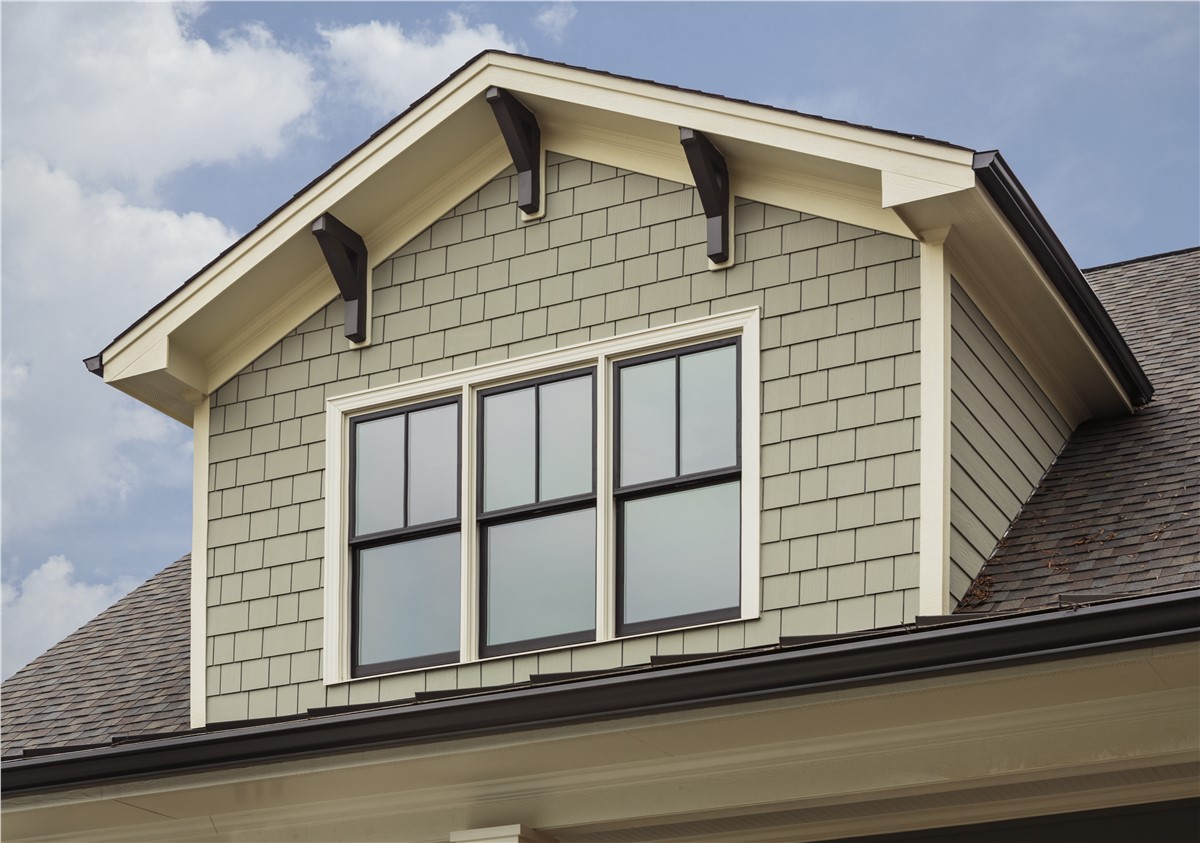
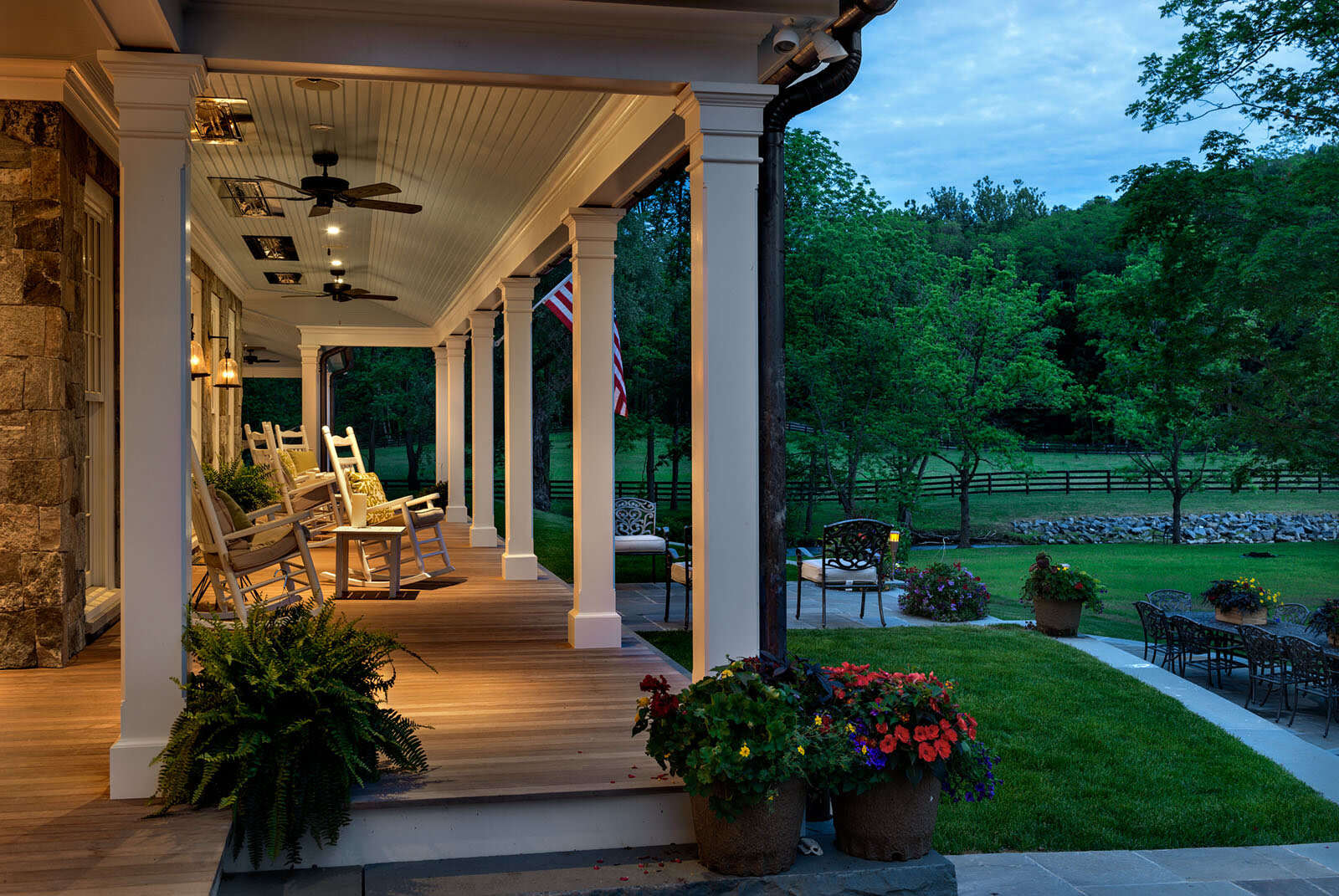
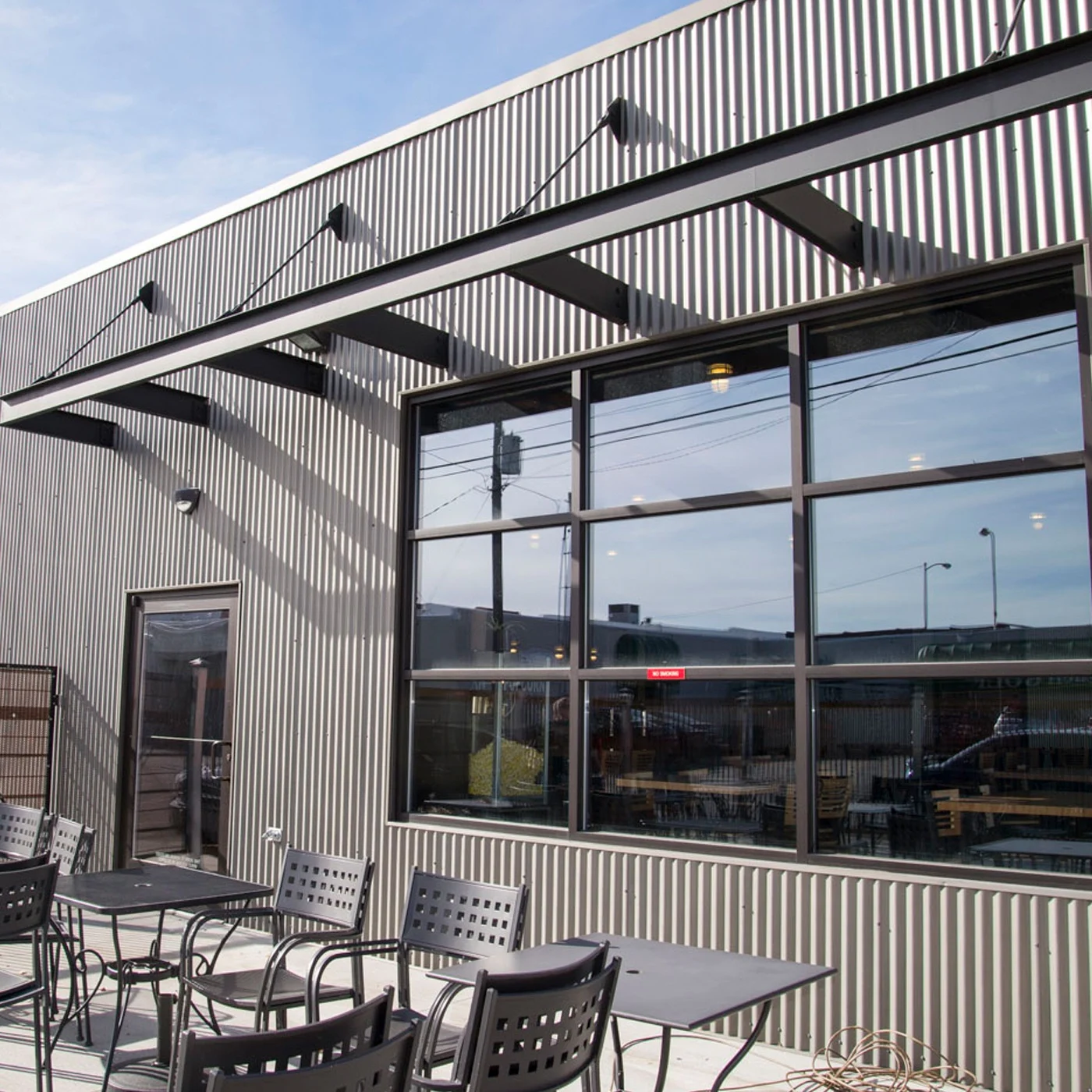
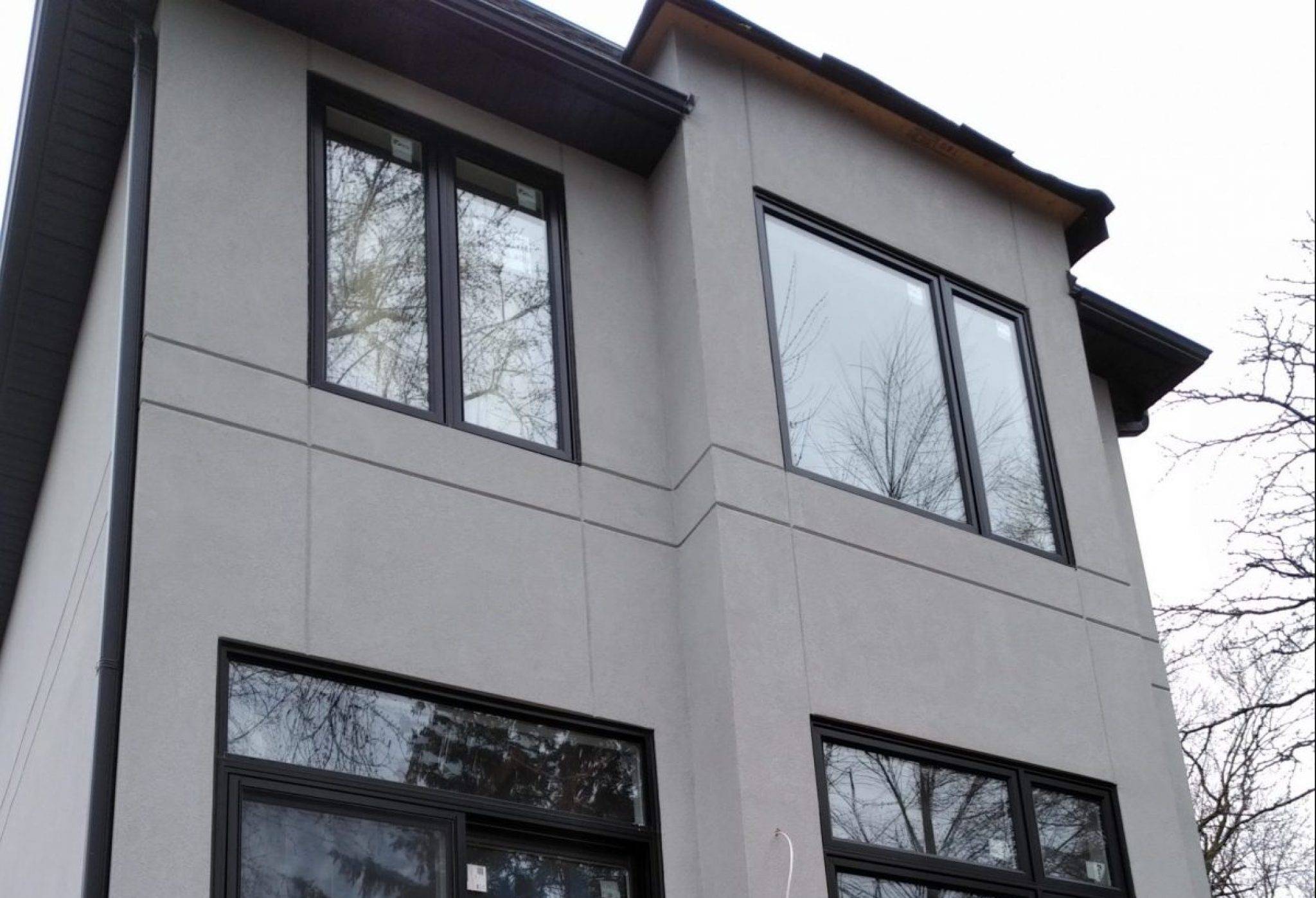
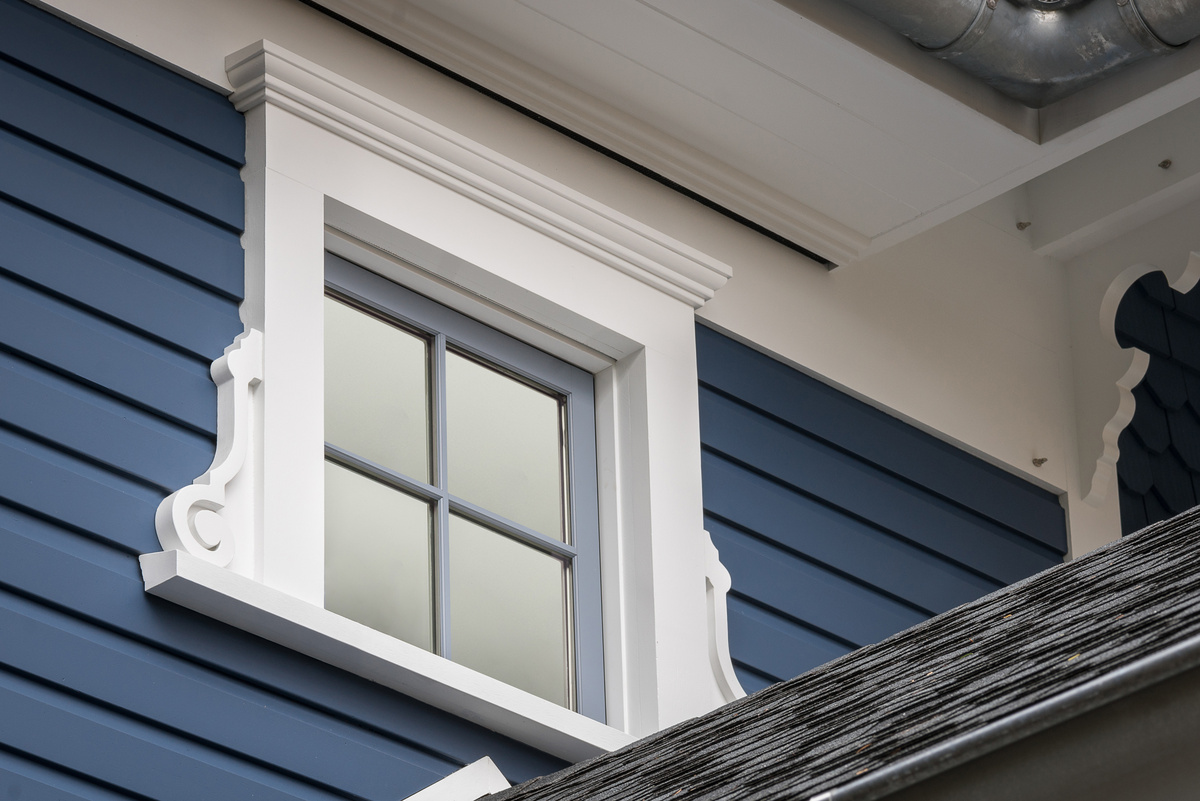
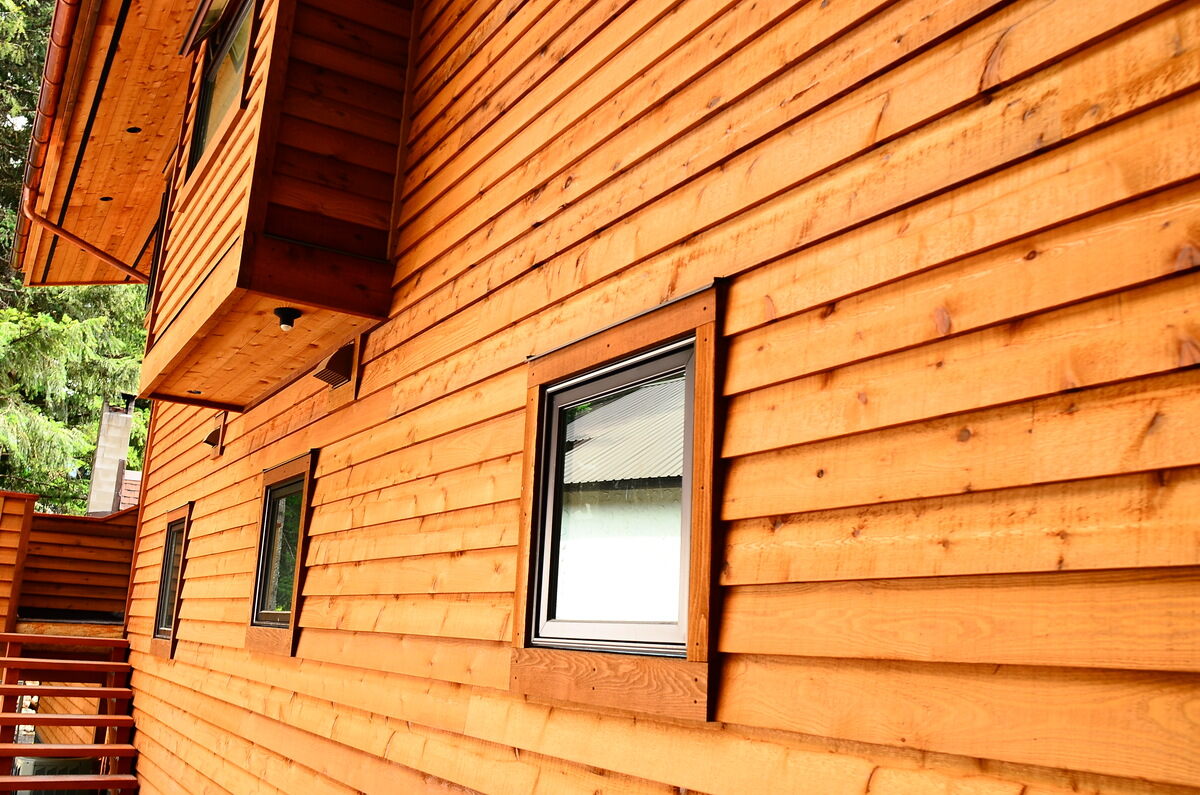
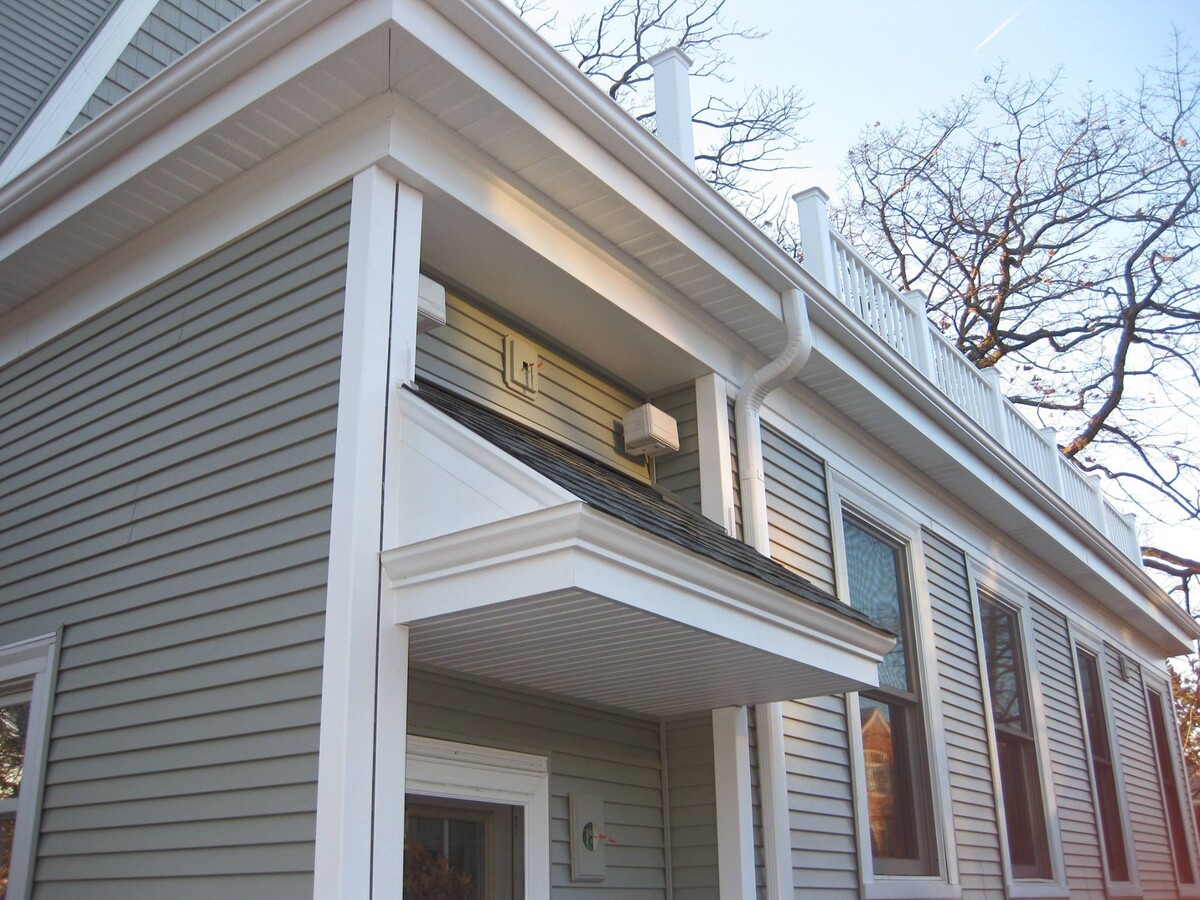
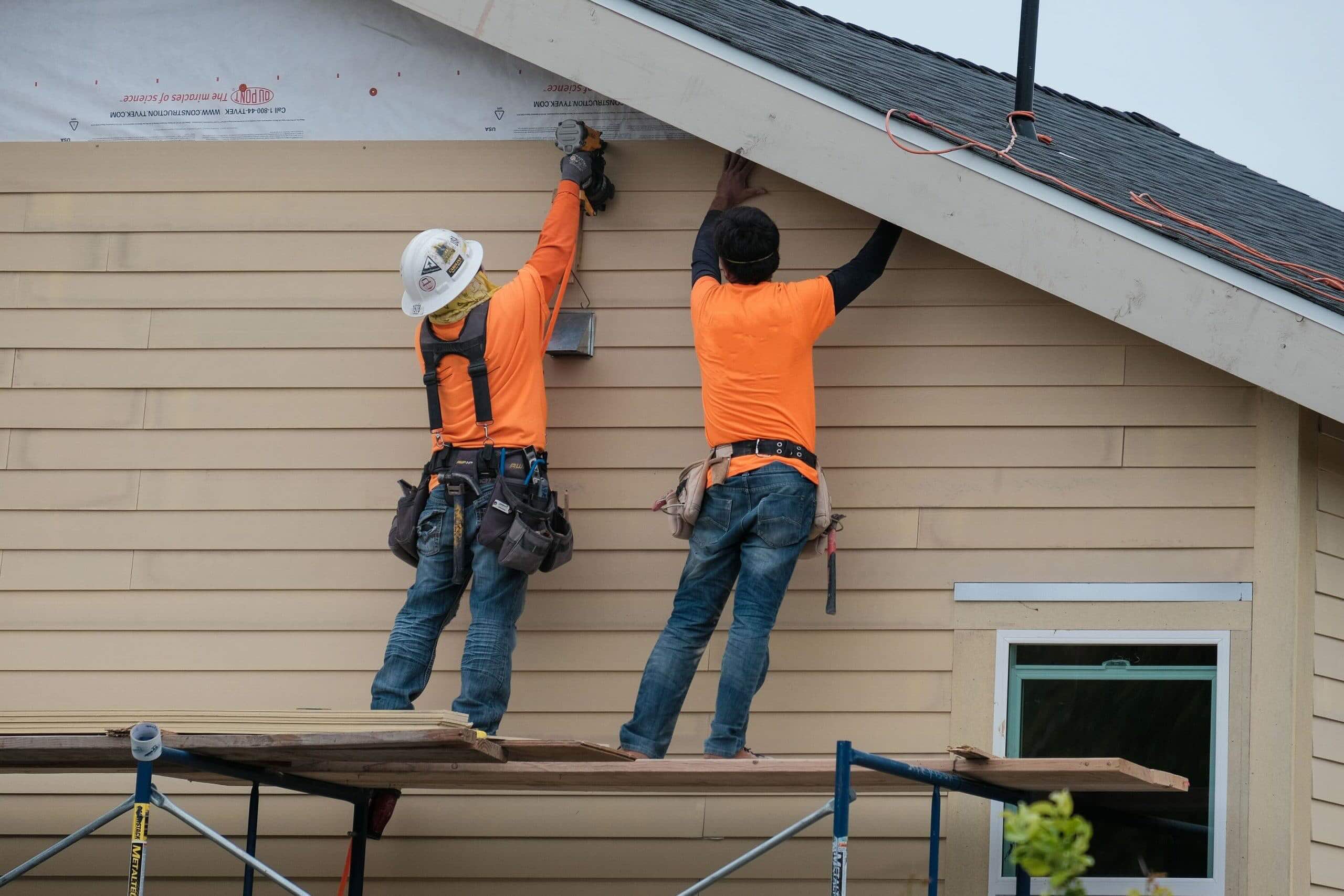
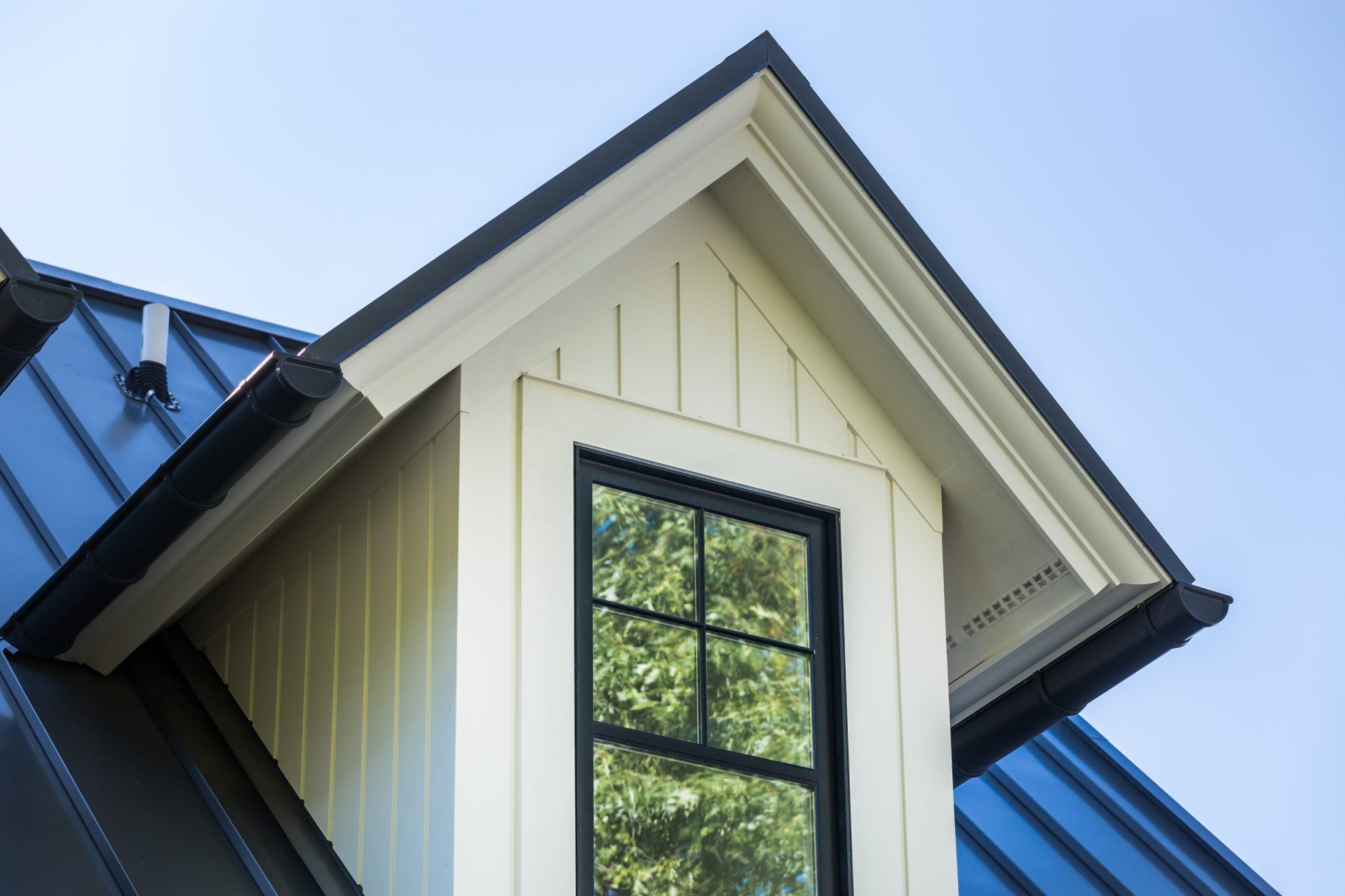
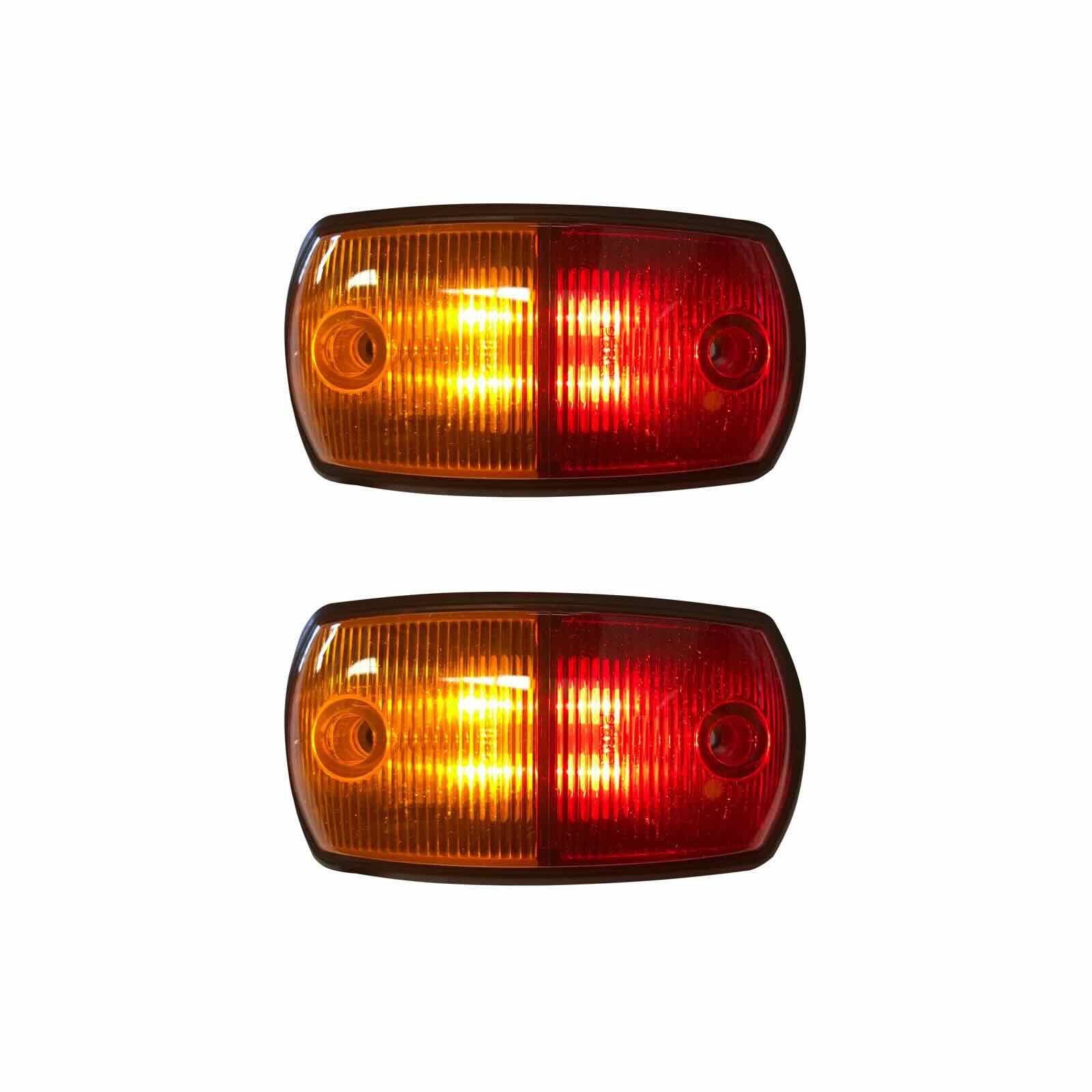
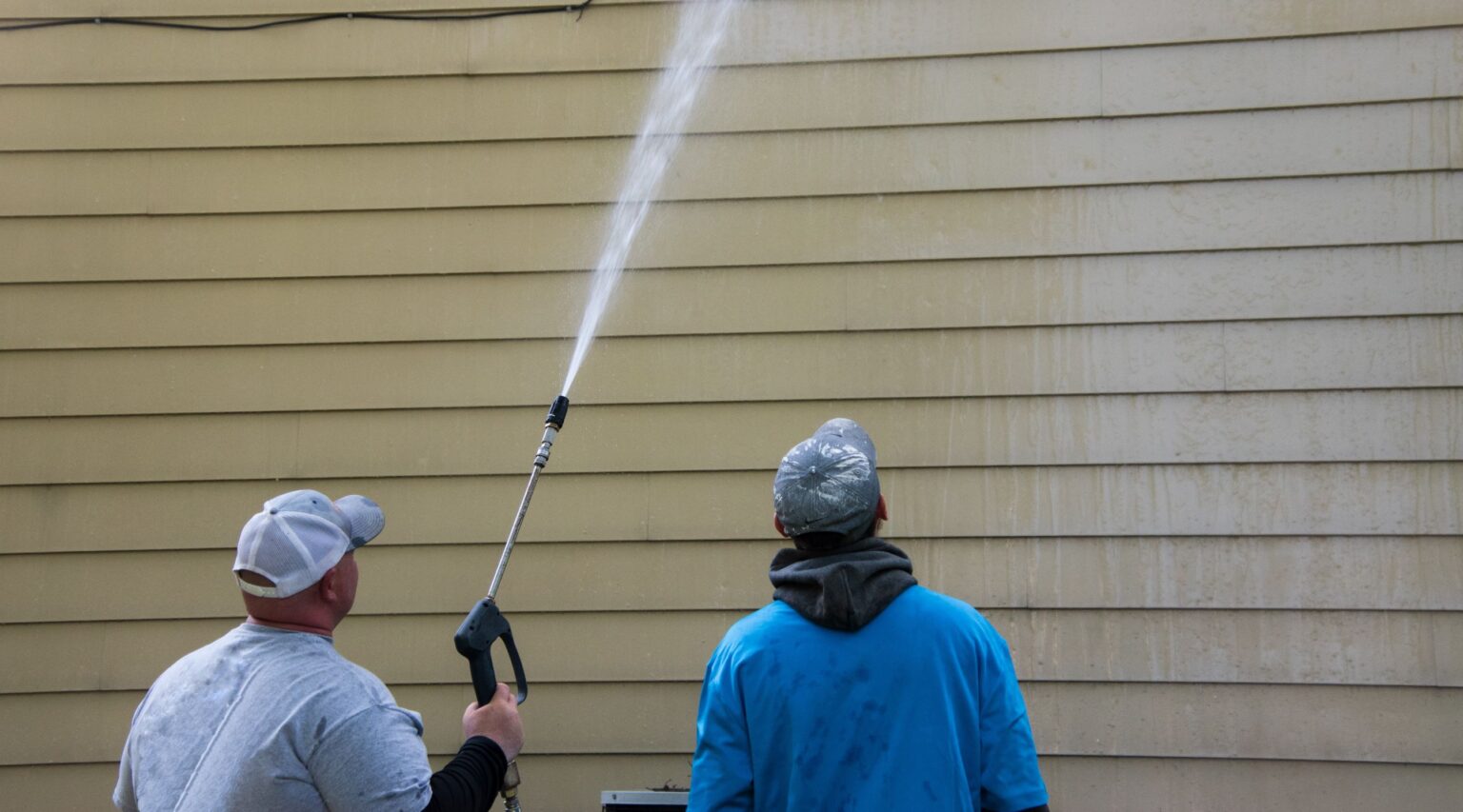
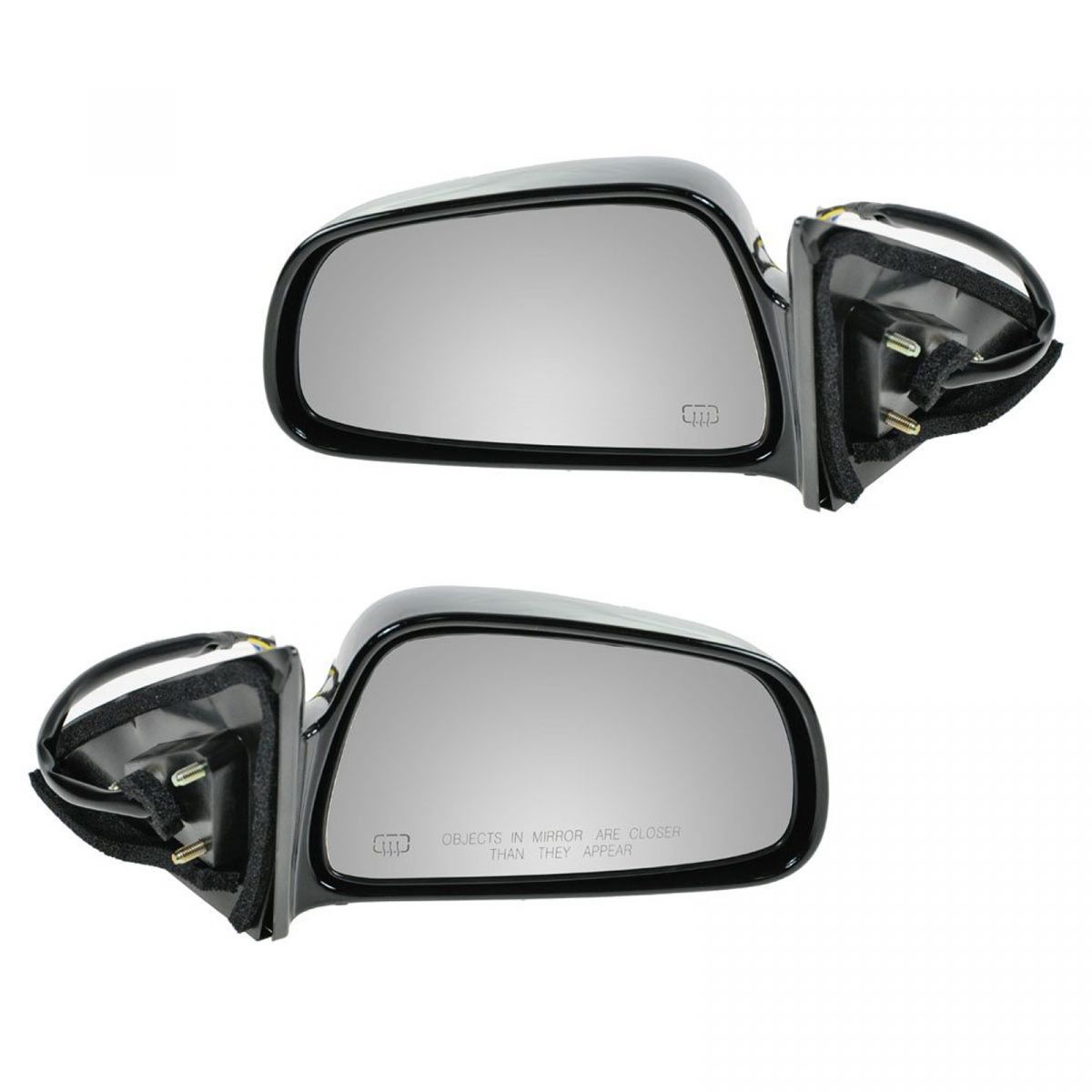
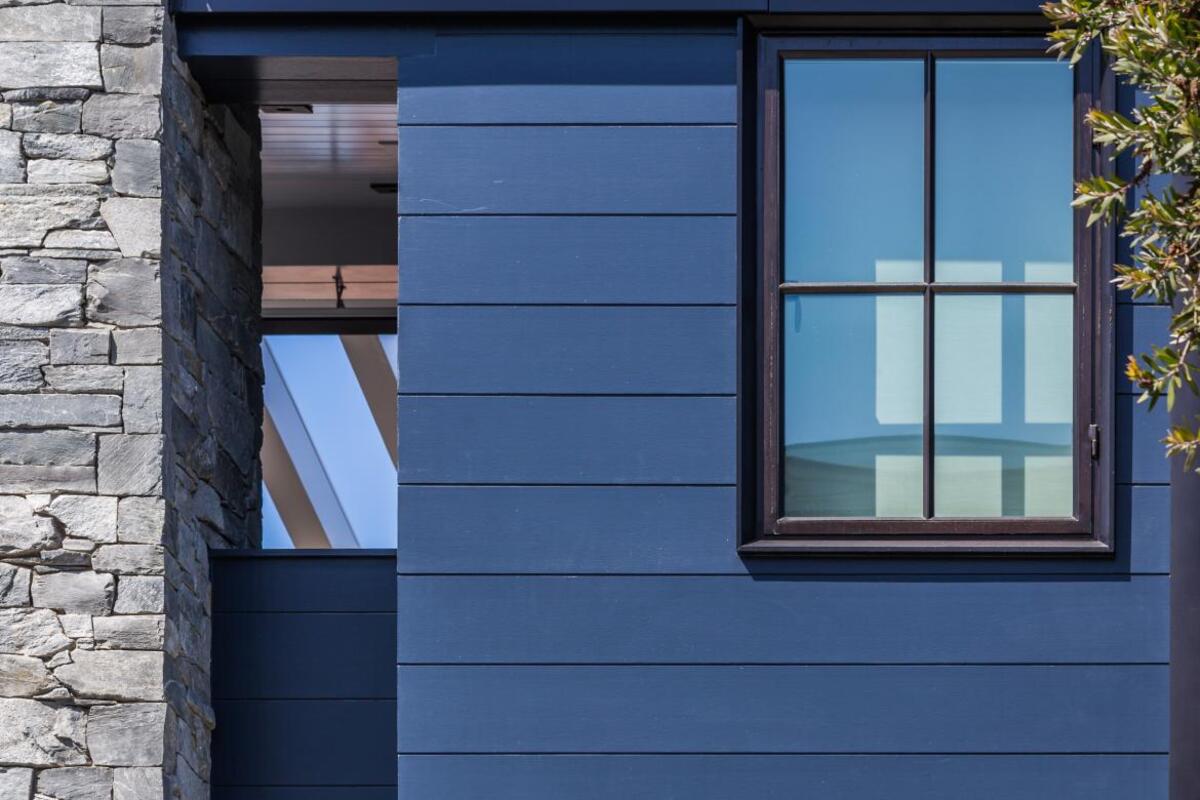

0 thoughts on “What Is Eifs Siding”